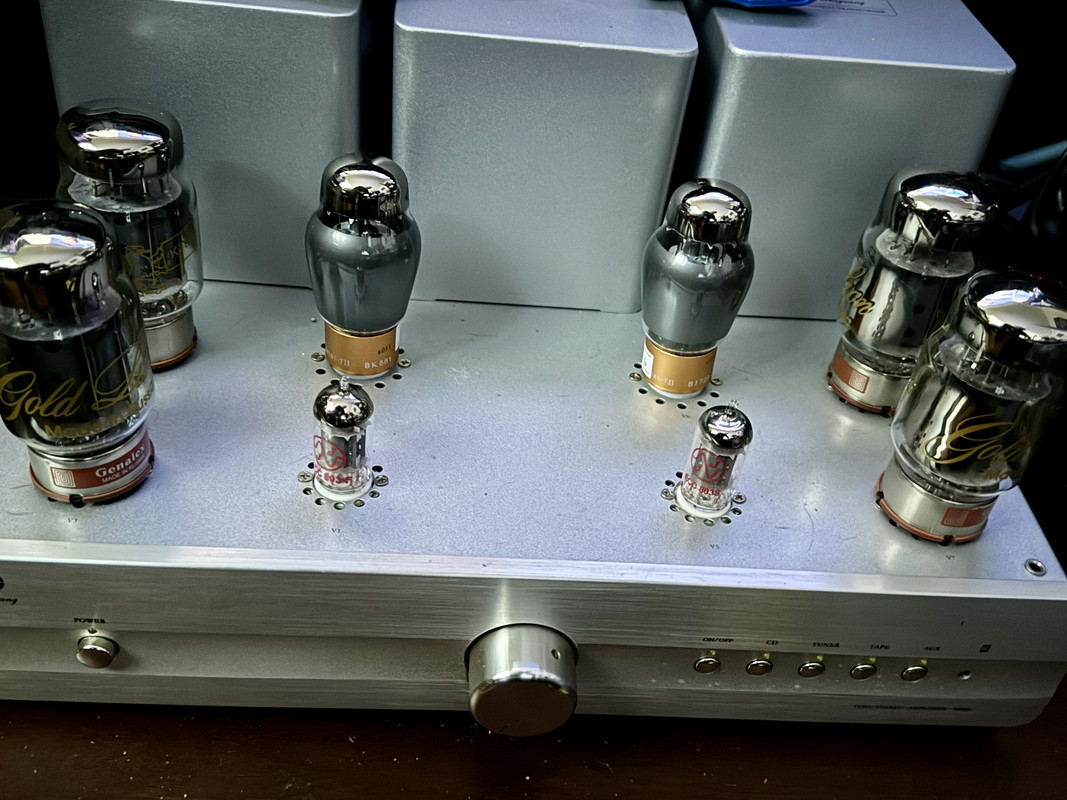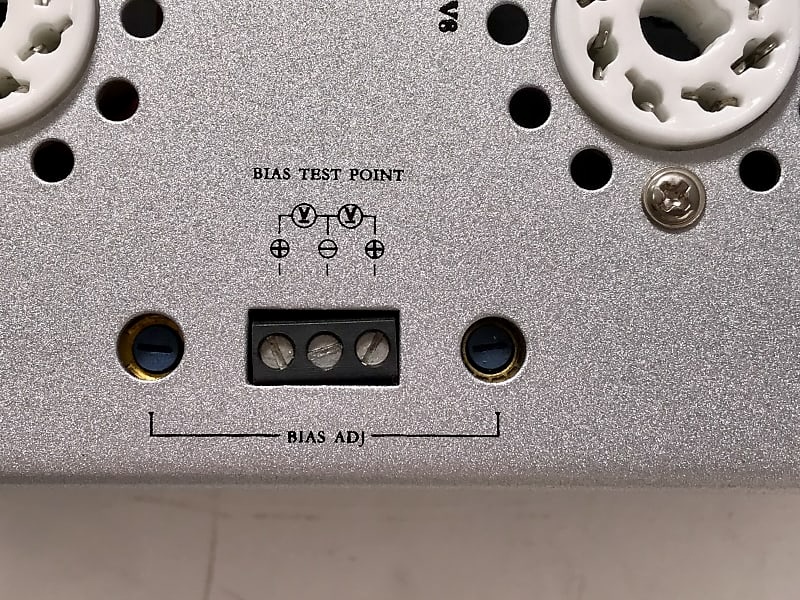@freediver thx for following up. I’ve a new MM arriving today. I’ll report back
@larryi @freediver thanks for your suggestions. I will try adjusting the MM, and the screws on the amplifier tomorrow to see if I can get a reading. Thanks for your assistance! |
I thought that turning the screw would create a contact that would activate the probe point. Your amp otherwise does not appear to have a switch to activate bias testing. I could not think of any other reason why the test point has a groove that makes it appear to be a flat head screws. The picture you have of your VOM has, for the selector knob, 40A and 400A, which I assume is not 40 or 400 amps (crazy high current), but is 40 and 400 milliamps. Select 400A and try testing, if the needle barely moves, then select 40A. |
@larryi okay, so how do I set the multi meter to display Milliamps? No, I didn’t turn what appears to be the small screws. Are you suggesting to turn the screws while hoping the MM on them at the same time? If that’s the case, what of the larger outside screws? That’s what I thought was the way to raise or lower the voltage. I know from several owners of the S8Mk that it’s correct bias point should be between 35-40. Sorry, an electronics technician I am not. In fact, I’ve never attempted to bias any tube amp that didn’t possess a meter and a clearly defined bias switch to determine which tube I was trying to adjust. With no manual I’m flying in the dark with this amp. |
To be clear, I recommended trying to screw the test points, which have indentations for a blade-type screw driver; I was NOT talking about the adjustment pots. Most bias adjustments are measured in milliamps, not millivolts. When you adjust the bias pot, you are changing the bias voltage, but, typically, you measure the current flowing which is milliamps. Could it be that you are trying to measure the wrong thing? Also, if you have a tech doing the adjustment, you might want to know how he determined the correct range for adjustment. This depends on the design of the amp, so there is no single value that works well for all amps. |
@freediver excellent points all around. I requested a later tech I contacted that I’d need to be instructed how to bias the amp from the bias points. He accepted that. Since I don’t have a manual, and haven’t found a pdf on the internet I’m kind of at the mercy of someone who has knowledge. I’ve been running the amplifier for several hours without any runaway tubes, but don’t won’t to run the risk of having that happen, and simply operating the amp without knowing the status of the current bias seems a bit foolish. |
Paying to have the amp biased won't help you in the future..For that much $ I would want at least a diagnostic of the test point problem included.. |
On your multimeter, make sure the black lead is in the COM jack and the red one is in the proper jack for measuring voltage. On some meters there are different jacks for the red to be inserted in depending on the function you select. If your meter has only one input for the red probe, then that would not create problems. If there are two input jacks for the red probe, be sure to select the correct one. |
@freediver yes I’ve tried turning each pot, and still no reading on the MM. I’m afraid I have to take it to a technician, which means a 45 minute drive each way. Oh well! |
@larryi yes, and the bias points are so close I can barely get the tips of the MM onto them! I don’t know what to make of the screws, I tried searching for a manual for the amp with no success. yes, speakers are connected, and the amp is fully operational. No there is no incremental mV adjustment on the MM
|
I am not familiar with your amp. I take it there is no button or switch that needs to be turned on to do the biasing. It appears that the common or ground probe goes into the center test point and the positive probe goes to the test point on either side of the center position. It is a bit strange that the two positive test points have slots in them as if a screwdriver is suppose to go into that point. Could it be that the point has to be screwed in before commencing testing? |
You do have speakers connected right? if not get them connected tube amps do not like to be on with no spekaers/load connected, could damage the amp.
from the picture i'd say your positive lead on the right or far left test piont, depending on what tube your testing, and the ground to the center. check what range your meter is set to as well you could be out of range. |
I would try 2 things.. |




